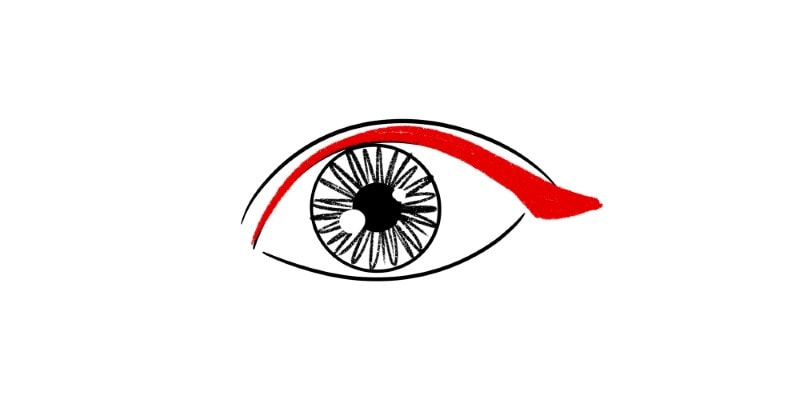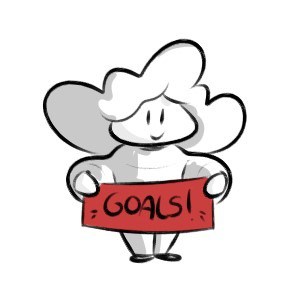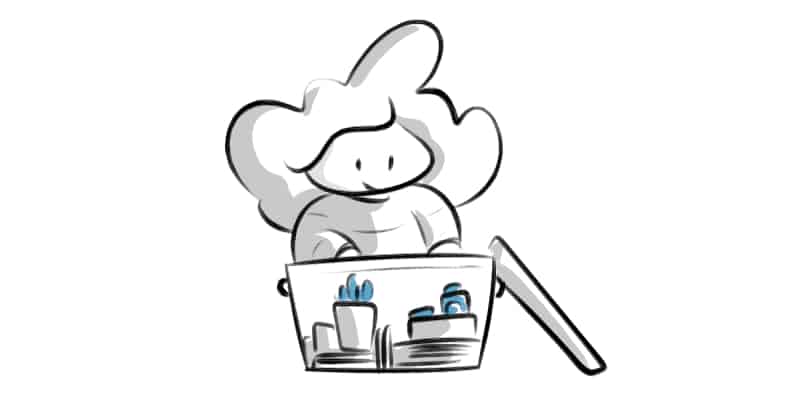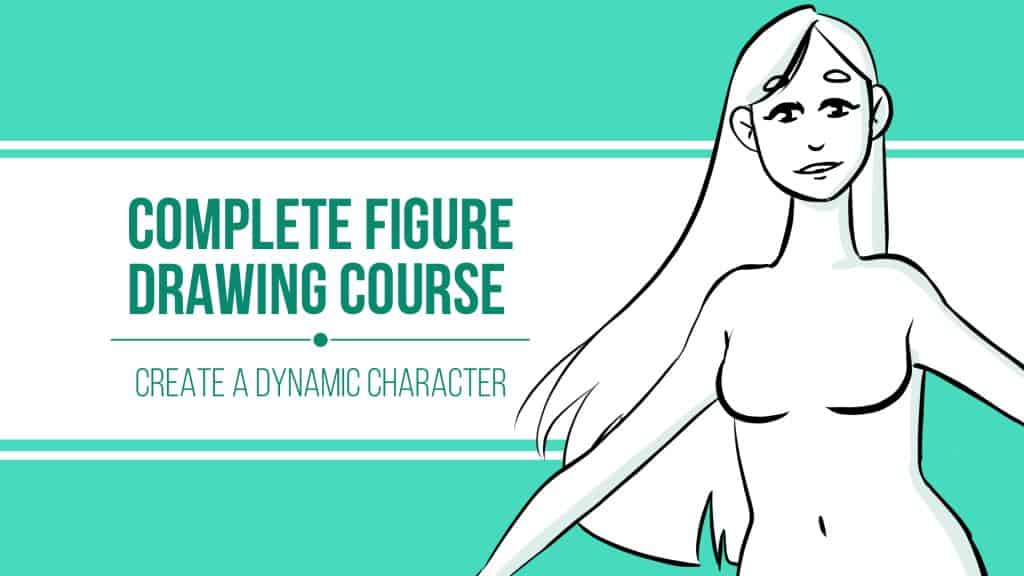Drawing is one of the most challenging and rewarding activities for creative people. You may have a desire to draw, but it can feel like an insurmountable task. You don’t know where to start or how to improve.
It’s hard to stay motivated when you don’t see progress.
The truth is, drawing isn’t as hard as it seems if you know the right techniques and have the right mindset.
In this article, we’ll explore why drawing is so hard, and how you can overcome the obstacles and unlock your (upgraded!) inner artist.
Table Of Contents
Key Takeaways
- Lack of hand-eye coordination can be frustrating, but it can be developed with practice.
- Overcoming self-criticism is possible with practice and perseverance.
- Patience is necessary for learning how to draw.
- Taking an art class can help improve drawing skills.
You Lack Hand-Eye Coordination

You may feel frustrated when it comes to drawing because you lack hand-eye coordination.
However, all is not lost! With practice and dedication, you can develop dexterity and soon be on your way to creating beautiful drawings.
Improving hand-eye coordination is a gradual process that requires patience and persistence.
Solution: Developing Dexterity
Developing dexterity can be a challenge, but it’s essential for becoming a great artist. So how do you do it? Just like any skill, practice is key.
Your brain needs to be exercised and honed, and drawing is a great way to do that.
However, it’s not enough to just practice drawing – you have to practice the right way.

It’s important to focus on the shape of the object you’re drawing and how to replicate it rather than the details.
To improve your hand-eye coordination, start by focusing on basic exercises like tracing and copying. As your skills improve, you’ll be able to move on to more complex projects and create your own original works of art.
With enough practice, you’ll be able to draw with the dexterity of a true artist.
You can even try these Gesture Drawing Exercises!
Exercise your brain with practice, and you’ll soon gain the shapes and details needed to create a masterpiece.
You’re Too Critical of Yourself
You may be too critical of yourself when it comes to drawing, making it difficult to push yourself to create art.
Being overly self-critical can be discouraging, but there’s a solution!
Overcoming this self-criticism is possible with practice and perseverance.
Solution: Overcoming Self-Criticism
Learning to overcome self-criticism when drawing can be a challenge, but recent studies have shown that up to 80% of artists are able to do just that.
By developing a clear plan and setting realistic goals, you can start to recognize when your self-criticism is getting in the way of your progress.

Here are some tips on how to overcome self-criticism when drawing:
- Start small: Start with simple shapes such as squares and circles to boost your confidence and improve your technique.
- Experiment: Create a drawing that incorporates new mediums and techniques to keep yourself engaged and motivated.
- Take breaks: Step away from your work and take a break when you feel overwhelmed to keep your mindset positive.
- Accept mistakes: Mistakes are inevitable, but understanding that they can help you grow as an artist can make them easier to accept.
As I mentioned, taking a break from your work can help clear your mind and give you the perspective to look at your work with a more positive attitude.
So I would start with that!
Lack Of Patience
Learning the art of drawing can be difficult and time-consuming, but with enough patience, you can accomplish great things.
You must remember to stay patient with yourself and with the process of learning how to draw.
Every artist has to start somewhere, so don’t be too hard on yourself if your drawings don’t come out as perfect as you’d like.
Solution: Staying Patient By Setting Goals
Without patience, it can be easy to get frustrated and give up.
To stay motivated and make learning how to draw easier, it’s important to set realistic goals, and recognize and reward yourself when you reach them.

This can help you to stay focused and practice, while also keeping you motivated and enthusiastic about honing your drawing skills.
With patience, practice, and dedication, you can learn to draw in no time!
Lack Of Confidence
Drawing can be a difficult skill to master, but with confidence and the right approach, you can develop the ability to create beautiful works of art.
Confidence in art is not about being perfect or having all the answers.
It is about embracing the journey of self-discovery and self-expression. It is about having the courage to put our work out into the world, knowing that it carries a piece of our unique perspective and voice.
Solution: Experimentation To Build Confidence
Experimenting can help build your confidence in drawing, so don’t be afraid to try different techniques and art styles!
From watercolor to pencils, allowing yourself to explore the many different mediums available to you can be a great way to start.

Intentionally draw anything you can think of and work and practice enough to draw it confidently.
Making a habit of this will help you become more comfortable with taking creative risks and experimenting, building your confidence as an artist.
So don’t be afraid to draw anything, as long as you put in the work and practice, you’ll be able to draw anything with enough confidence.
You Need More Knowledge
Knowledge is a crucial asset for artists, playing a pivotal role in expanding their artistic horizons and unlocking their creative potential.
However, many artists face a common challenge: a lack of sufficient knowledge.
This knowledge gap can hinder artistic growth and limit the depth and breadth of creative expression.
Solution: Take An Art Class
Taking an art class can be an incredibly helpful way to improve your drawing skills. An art class can help you learn to draw a variety of subjects, from landscapes to realistic figures.
It can also help you develop the skills needed to render a subject in a realistic way accurately.

As an artist, taking art classes can also help you gain a better understanding of the fundamentals of drawing and help you practice different techniques. With practice, you can hone your skills and bring your artistic visions to life.
You can also learn how to use a variety of mediums to create stunning works of art.
Plus, you’ll be surrounded by people who are just as passionate about art as you are, so you can draw inspiration from each other and enjoy learning together.
Taking an art class can help you develop your drawing skills and become a better artist.
Related Questions
Drawing is hard! Here are a few more common questions you might have about how hard it is to learn to draw.
Why is drawing so hard to learn for some people?
The reason why some people find drawing is hard to learn can be largely attributed to psychological barriers.
Many people think that drawing is something you are either born with or not. That it’s a talent and not a skill.
In reality, drawing is a skill that can be learned and improved with practice and the right guidance.
How can I make drawing easier as a beginner?
As a beginner, the whole idea of having to draw something can feel daunting.
It’s important to start with the basics.
Understanding shapes, proportions, light, and shadow is the initial step. Practice is key to improve your drawing skills.
The more you draw, the better you will get. Remember, every good artist was once a beginner.
Can anyone learn how to draw?
Absolutely. Everyone can learn how to draw, it just takes time, patience, and practice.
Being good at drawing primarily comes from learning to see as an artist (observer), understanding dimensions, and mastering line control.
Ready for some Easy Drawing Ideas?
Or would you like to challenge yourself with some Hard Things To Draw?
Have fun!
Patricia Caldeira is the main writer here at Don Corgi. She's an art teacher with over 20.000 happy students across many platforms and courses!
Enjoy your stay and as always:
Keep on drawing!



